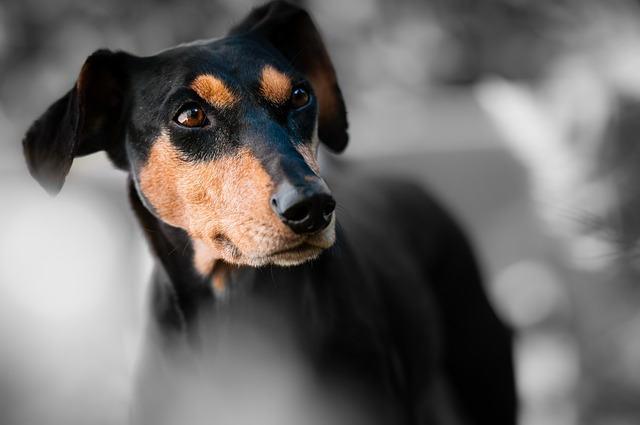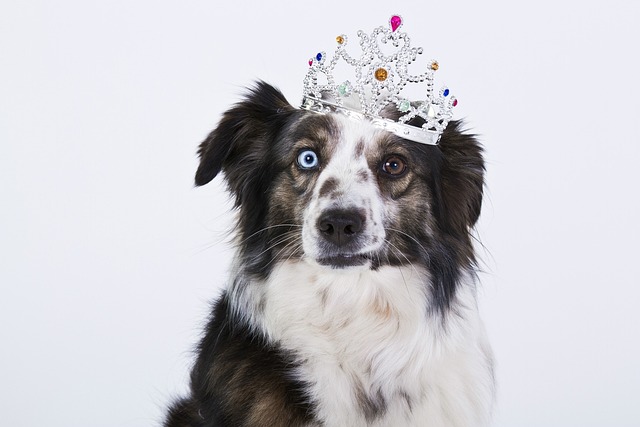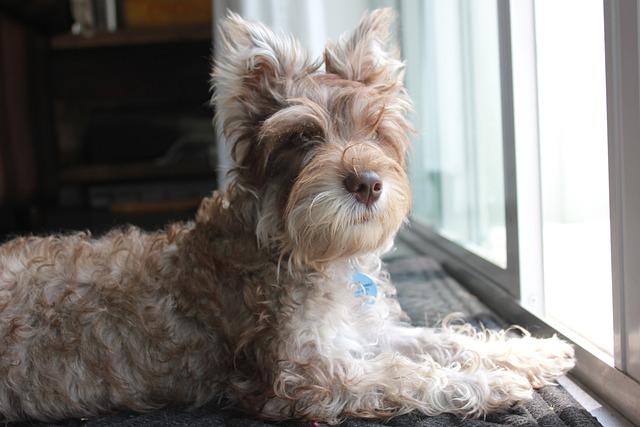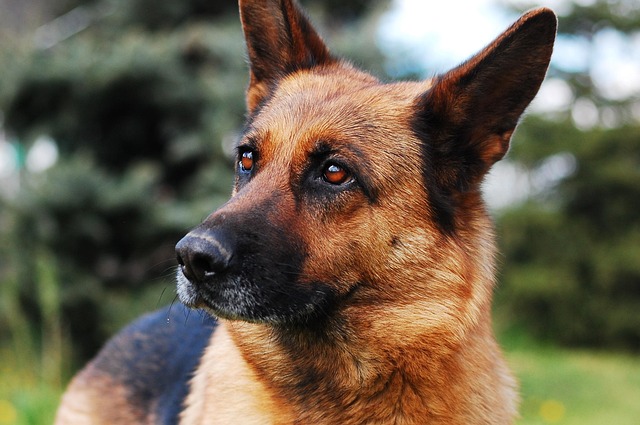Golden Retrievers, with their dazzling golden hair like the warm sun, flutter in the breeze like flowing golden silk. They always have a smile on their lips, and they are passionate and loyal to their owners without reservation. This unique charm, like a magnet, firmly attracts everyone's heart. They are the source of warmth in our lives. They use their liveliness and intimacy to add joy to our days and have become an irreplaceable core member of the family. But there is a disease that is like a haze lurking in the dark, threatening their health and happiness at all times, and that is hip dysplasia. As owners of golden retrievers, how can we not feel nervous and full of worries when we think that they, who were originally full of energy, may suffer from this disease and be restricted in their movements. How can we, as golden retriever owners, build a solid fortress against this disease for our precious golden retrievers?
From a professional medical perspective, hip dysplasia is a common progressive bone disease in Golden Retrievers. In a normally developed hip joint, the acetabulum will perfectly wrap the femoral head, and the two will fit tightly together, just like precision gears meshing with each other, ensuring that the hip joint can operate flexibly and stably. However, in Golden Retrievers with this disease, the acetabulum and femoral head are unbalanced in development, and the acetabulum cannot fit tightly with the femoral head, causing serious damage to the stability of the joint. Over time, the articular cartilage is constantly subjected to abnormal friction and pressure, which increases wear and tear, and pain follows, seriously affecting the daily running, jumping, and walking of Golden Retrievers, causing them to gradually lose their former agility.
 Golden Retrievers have a high risk of hip dysplasia due to specific genetic genes, and prevention work is imminent.
Golden Retrievers have a high risk of hip dysplasia due to specific genetic genes, and prevention work is imminent.
In terms of diet, scientific feeding is the key to prevention. Providing Golden Retrievers with nutritionally balanced food and adequate intake of protein, vitamins, and minerals is of great significance to the healthy development of bones. When choosing dog food, you need to be extra careful and give priority to high-quality products rich in glucosamine and chondroitin. Glucosamine is like the "energy station" of cartilage cells, stimulating cells to produce more collagen and proteoglycans, helping to repair damaged cartilage and maintain elasticity; chondroitin is like a "lubricant" between joints, effectively reducing friction and relieving pain. At the same time, it is very important to strictly control the weight of golden retrievers. A golden retriever that is obese due to overfeeding will bear much more pressure on the hip joint than normal, accelerating joint wear and greatly increasing the chance of illness. We must accurately control the amount of feeding according to the age, weight, and activity of the golden retriever. We cannot be soft-hearted and feed more because of their eager eyes. Every reasonable feeding is responsible for the current health of the golden retriever, and it is also a long-term protection for its future happiness.
Appropriate and reasonable exercise is indispensable for preventing golden retrievers from hip dysplasia. During the growth stage, moderate exercise can inject vitality into bones and muscles and enhance joint stability. But the word "moderate" is very particular. It is necessary to avoid violent and frequent jumping of golden retrievers. Behaviors such as jumping from a high place and going up and down stairs for a long time will bring huge impact to the hip joint, just like putting a heavy burden on fragile joints. Walking and swimming are excellent choices. Taking your golden retriever out for a walk regularly every day, watching them happily sniffing flowers and chasing butterflies on the park trails, can not only exercise the body, but also satisfy their exploratory nature. Swimming is a nearly perfect exercise. The buoyancy of water reduces the pressure on the hip joints and can fully exercise the muscles of the whole body. We are very pleased to see the golden retriever swimming freely in the water with a healthy posture. However, exercise should be gradual, and the amount of exercise should be gradually increased according to the age and physical condition of the golden retriever. Do not rush to avoid injury.
Taking your golden retriever to a veterinary checkup regularly is also an important part of prevention. With professional knowledge and experience, veterinarians can keenly detect subtle abnormalities in the development of the hip joint through professional examinations such as palpation and X-rays. During a regular physical examination, the veterinarian palpated and found a slight abnormality in the hip joint of the golden retriever. The owner adjusted the diet in time and formulated a personalized rehabilitation exercise plan. With careful care, the golden retriever's hip joint problem has been effectively controlled to prevent the condition from worsening. Every time we take a golden retriever to the hospital, we may be nervous, but for their health, these are insignificant. After all, early detection and early treatment are the deepest care for golden retrievers.
When choosing a golden retriever, genetic factors must be considered. Choose a regular and reputable breeder, who usually strictly screens the hip development of the breeding dogs to minimize the risk of the puppies carrying pathogenic genes. Before taking the golden retriever home, be sure to ask the breeder for detailed health certificates and pedigree information to find out whether there is a history of hip dysplasia in the family. This is not an ordinary purchase, but a major decision about the lifelong health of the golden retriever. When we welcome healthy and lovely golden retrievers home, looking at their innocent and lively appearance, our hearts are full of expectations for a better life in the future. At this moment, we know that all the caution and efforts are worth it.
Golden retrievers give us endless joy and companionship, and their happiness is our greatest wish. To prevent hip dysplasia, we need to start from the little things in life, use scientific methods and full of love to escort their healthy growth throughout the process. May our golden retriever babies always run freely and play happily in the sun, accompany us through the long years with warm smiles, and create countless beautiful memories together.
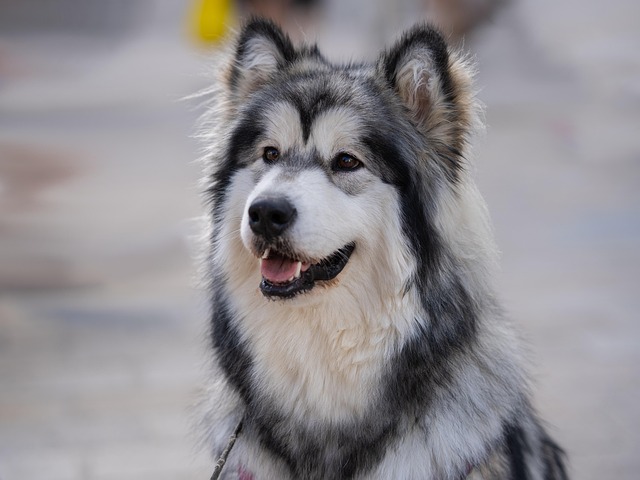
 Golden Retrievers have a high risk of hip dysplasia due to specific genetic genes, and prevention work is imminent.
Golden Retrievers have a high risk of hip dysplasia due to specific genetic genes, and prevention work is imminent. 
